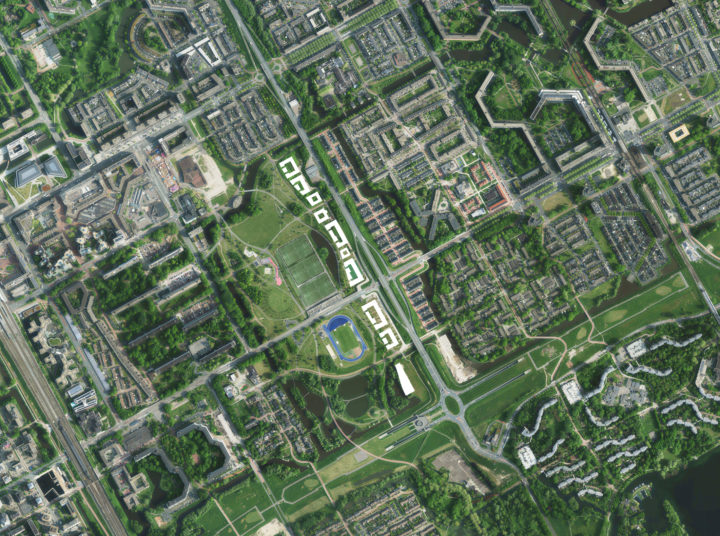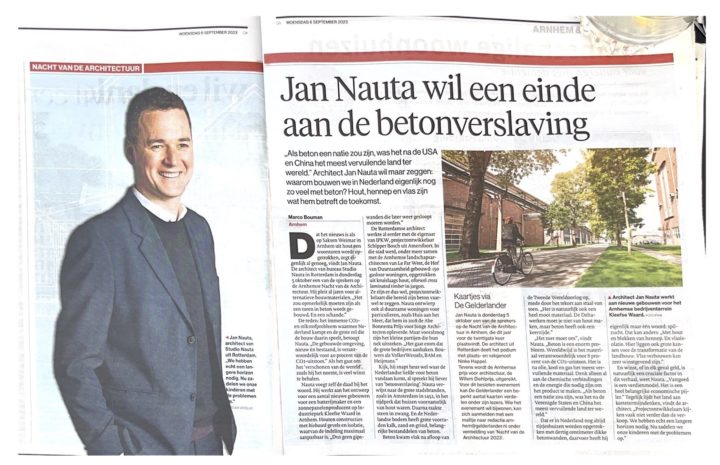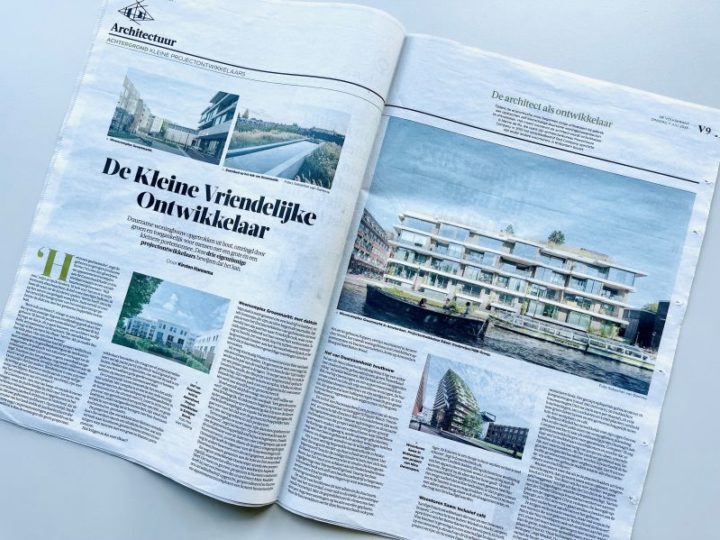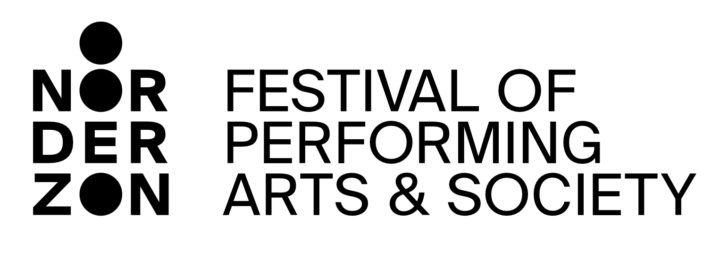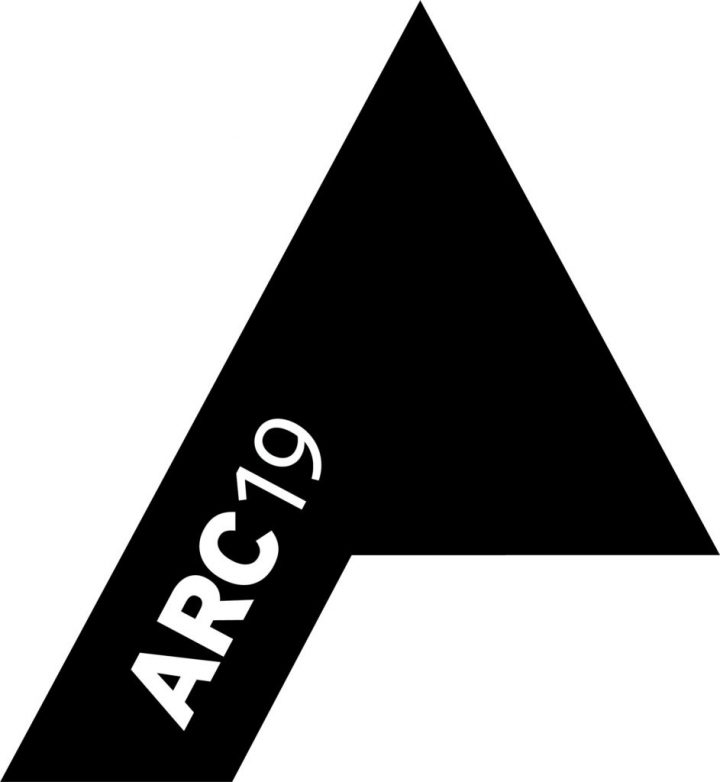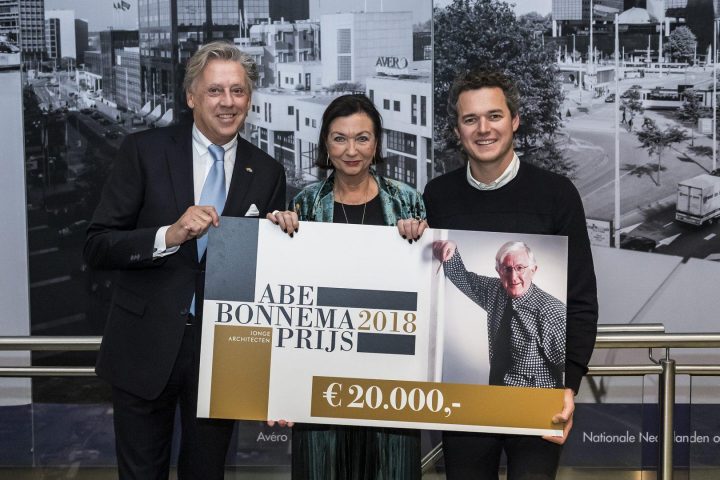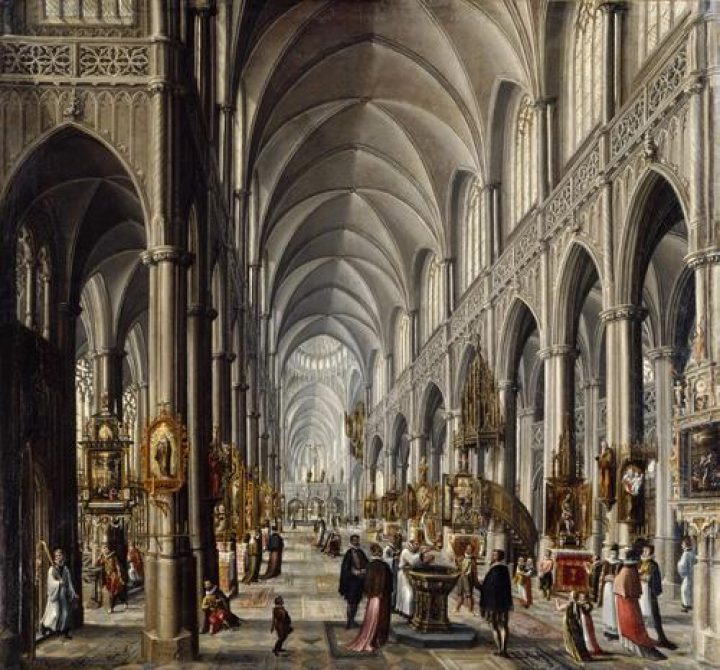Published by ProRail and NS, The Greenest Station in the Netherlands presents the brief, the ambitions, the market approach, and showcases all four shortlisted design proposals.
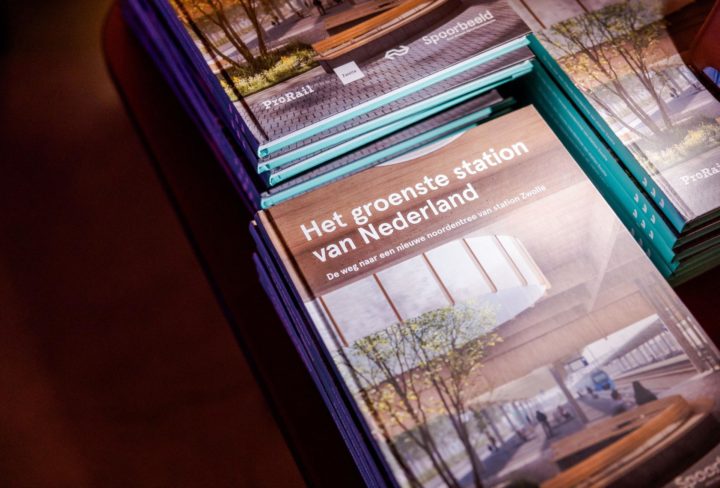
Construction on De Kazerne in Gouda has started
The transformation of a former barracks to over 200 dwellings has begun on site. In the first of three phases, parts of the old service buildings are being carefully dismantled for reuse, rather than demolished. Components of the existing structures are being analysed, documented, and will be harvested, all within the grounds of the former military site.
For example; concrete hollow-core floor slabs, columns and beams are being repurposed for new construction on site, with existing window frames being upgraded with triple glazing and reinstalled within the project.
As part of the redevelopment, the existing five-storey structure of the former offices will be fully retained and will form the base for 120 new dwellings. With new facades, wooden decks and balconies, plus adding 2 storeys made from timber, these social and affordable apartments are designed with flexibility in mind, while minimised environmental impact. Designed to exceed current building regulations, these new homes promise to be futureproof.
This all marks the first step in transforming the former barracks into a new residential neighborhood: De Kazerne; a place where traces of the past; material, texture, form, are repurposed to form new homes, and a new community.
Location: Gemeente Gouda
Architecture: Studio Nauta & Mulder Zonderland
Landscape: Joost Emmerik with Trafique - ontwerpers van landschap en leefomgeving
Development: OPEN development
Construction: Vink Bouw
Structural Design: Pieters
Building physics: Cauberg Huygen
Photography: Paul Swagerman
Impressions: ATELIER LUCE
Large model: Studio KU+
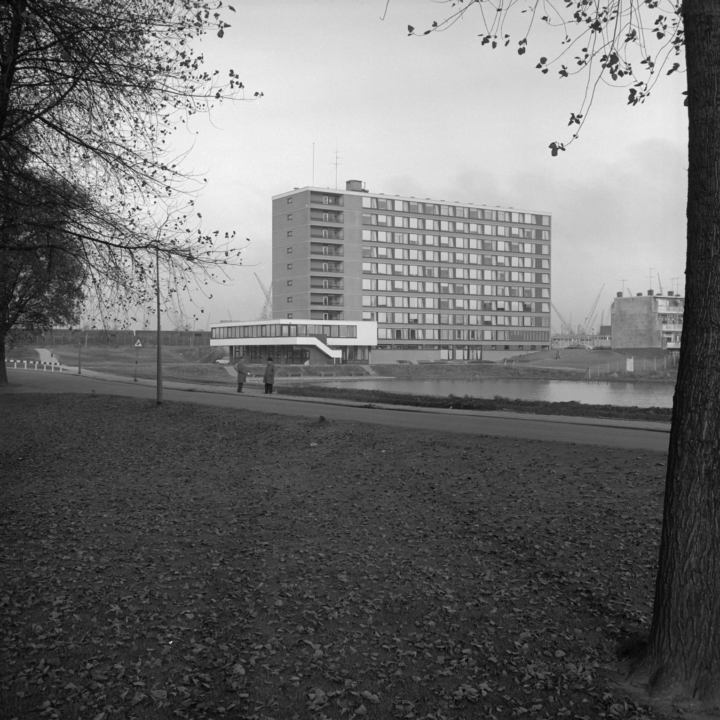
Studio Nauta selected for Waelestein
Studio Nauta has been selected for the transformation of Waelestein, an iconic post-war social housing block in our own neighbourhood: Rotterdam South. Nestled between Zuiderpark and the Waalhaven, the building by architect Leo de Jonge combines affordable homes with a community centre and atelier spaces.
Today, Waelestein’s strong modernist identity has become disconnected from its generous green surroundings and its energetic performance needs a big future-proof boost.
We can’t wait to get started together with Hef Wonen and project partners, bringing new life, comfort and dignity to this beloved neighbourhood landmark.
Retrofit First.
For a resilient, social and climate-conscious city.
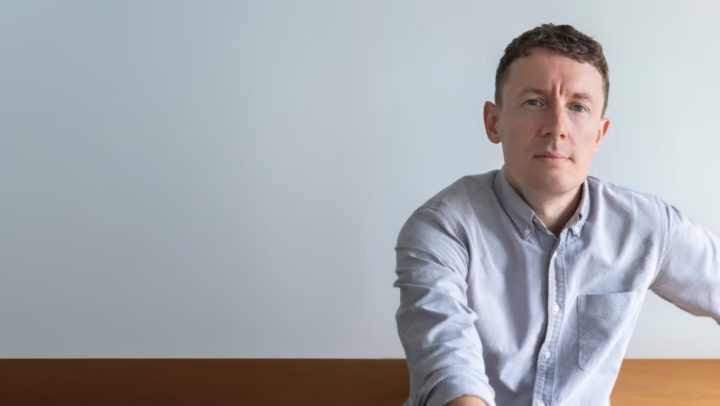
We’re proud and delighted to welcome Benjamin Filbey as partner at Studio Nauta BV.
Ben has been with the studio since 2017 and has long been a cornerstone of the office. He played a key role in projects such as School by a School, Housing for a Garden, Library for a City, and Lantern for a Station. Together with founder Jan Nauta, Ben forms the leadership of the studio as it enters a new phase of growth.
Founded over 12 years ago, Studio Nauta is looking ahead with confidence. With a strong commitment to sustainable, low-tech building, and the search for the aesthetics of a new building culture, Jan and Ben are jointly setting the course for the studio’s next chapter.
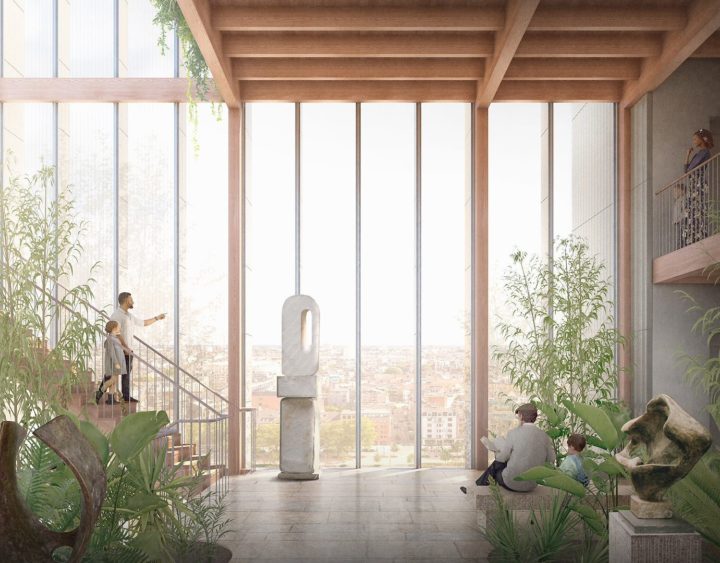
Architectenweb published our design for the Museum of Contemporary Art in Antwerp (in Dutch)
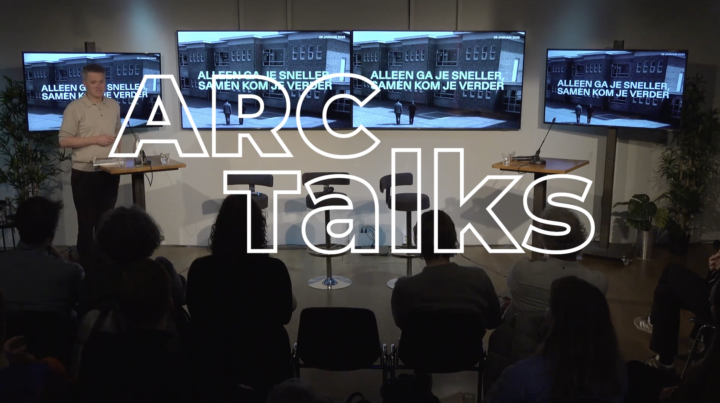
Jan Nauta gave a talk at Pakhuis de Zwijger in Amsterdam for De Architect about the Albatros and Fontein primary schools in Dordrecht.
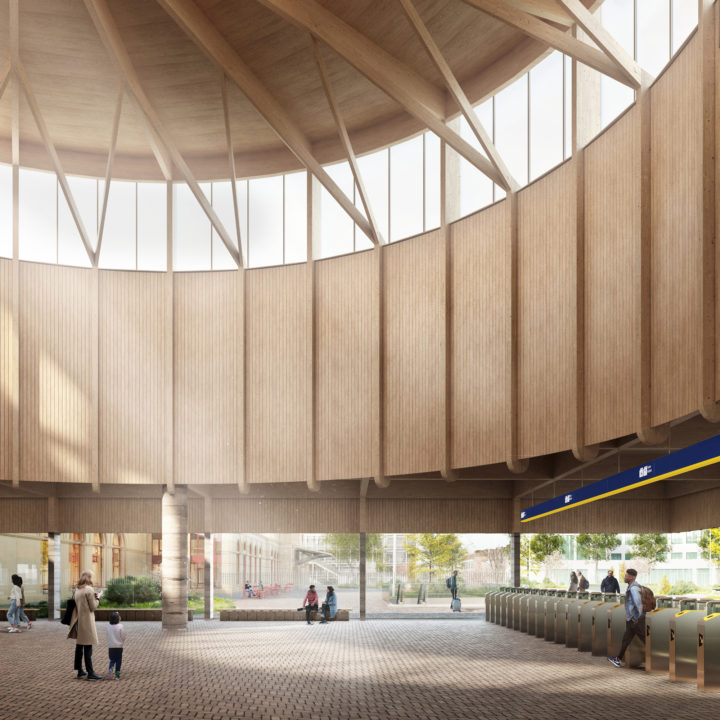
Zwolle Station competition win
We are thrilled to have won the competition for the new entrance building and platform canopies at Zwolle station.

For the transformation of a post-war school in Dordrecht, we joined forces with Studio Nauta and the great team of Vanschagen Architects. The school was saved from demolition, received a modest wooden extension and a green oasis as a schoolyard.
All this would never have been possible without the amazing Mevrouw Meijer Foundation. The Municipality of Dordrecht and in particular SDK childcare deserve praise as well.
De Architect NL wrote an article about it
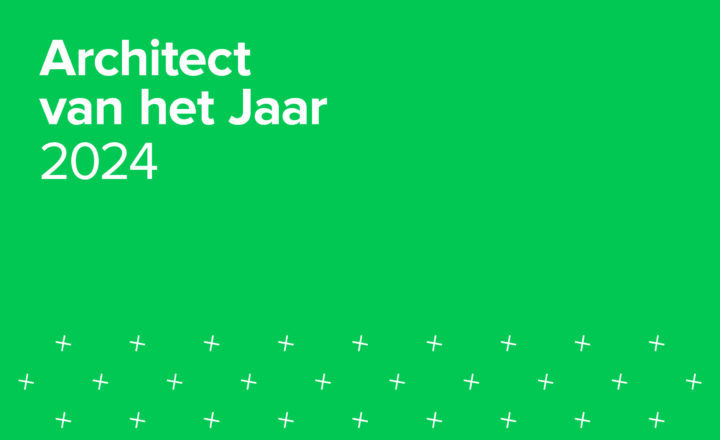
- We are excited to share some exciting news with you. Our team has been honoured with a nomination for Architect of the Year. This recognition comes from a prestigious jury featuring some of the most respected professionals in the field, including:
- - Uri Gilad, Architect at Office Winhov
- - Lizan Hegeman, Developer at BPD
- - Raoul Vleugels, Architect at Werkstatt
- - Annemariken Hilberink, Architect at Hilberink Bosch Architecten
We are deeply honoured to be considered for this award, and your support would mean the world to us. If you believe in our work, we would be incredibly grateful if you could take a moment to cast your vote for us.
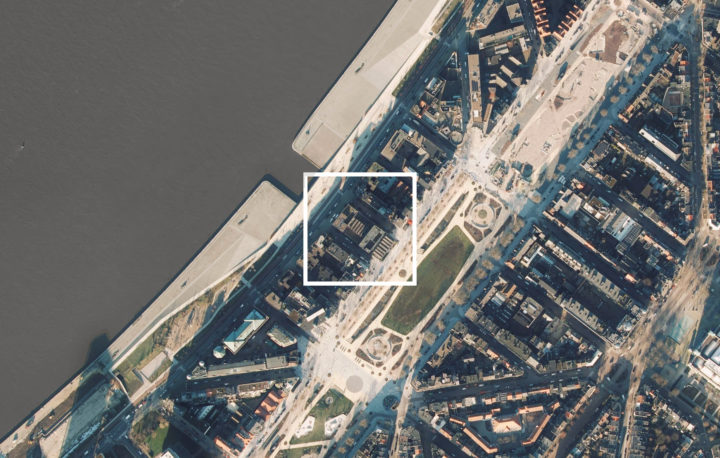
Shortlisted to design a new home for the M HKA museum of contemporary art in Antwerp
We are excited to share we've been shortlisted for the competition to design Antwerp's new contemporary art gallery MHKA.
Sitting on the banks of the river Scheldt, the 22,000m² of gallery space will provide a new home for the Flemish Government's contemporary art collection
Together with Feilden Fowles and Pieter Bedaux, we can't wait to get started!
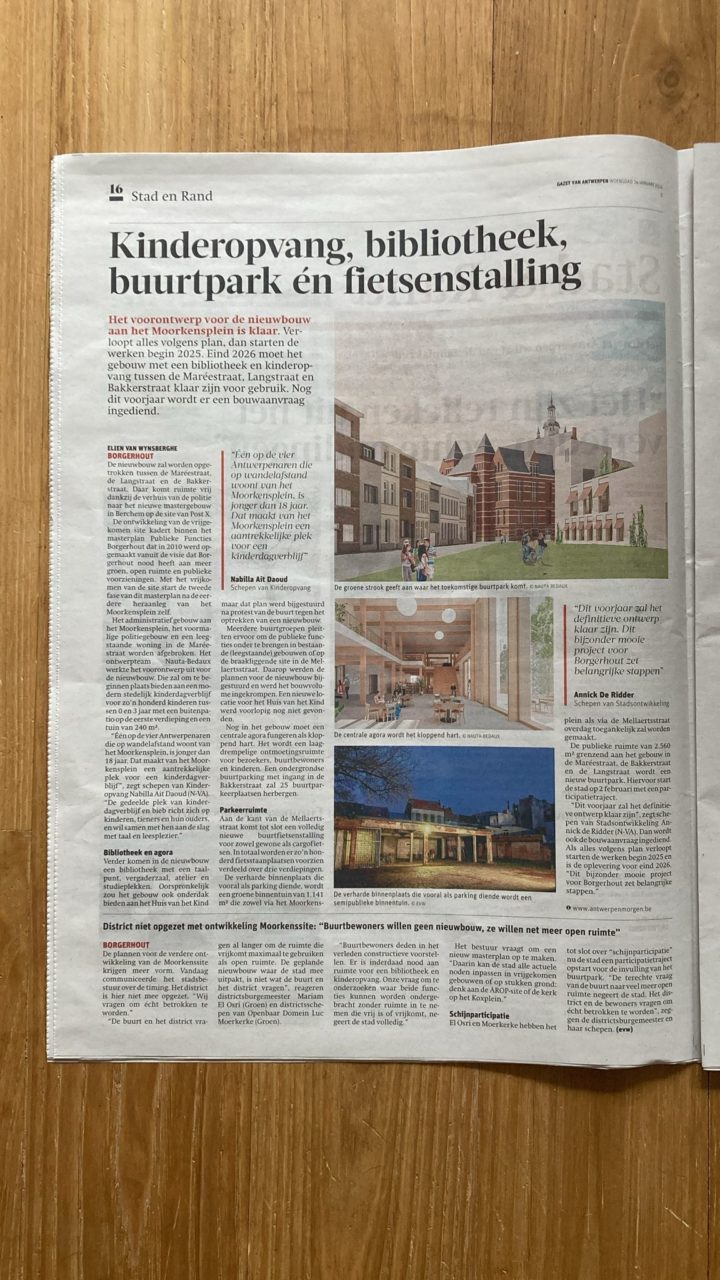
Article in Gazet van Antwerpen
The Gazet van Antwerpen devoted a page to the transformation of our Moorkensplein project in Borgerhout, Antwerp. “This exceptionally beautiful project takes important steps,” says Annick de Ridder, councilor for Urban Development. An agora still in the building must function as the beating heart. It will be an accessible meeting space for visitors, residents and children.'
Nauta Bedaux in combination with Wirtz International is responsible for the design and the courtyard. The proposal was enthusiastically received by the Quality Chamber. Work on the library, childcare, neighborhood park and bicycle shed at Moorkensplein will start in 2025.
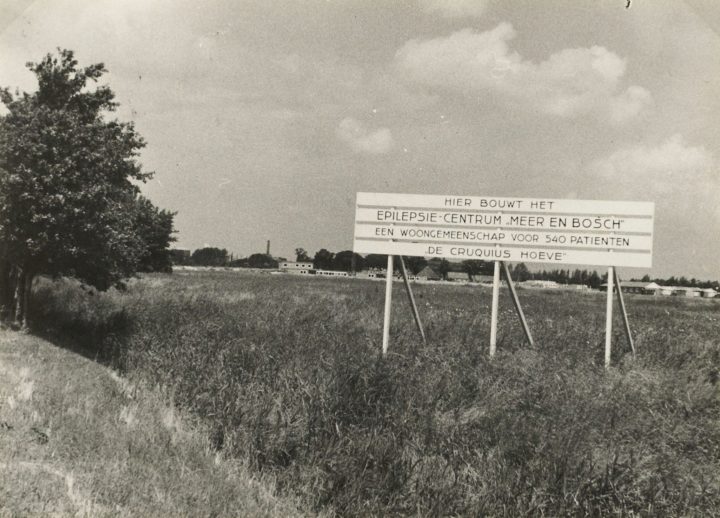
Selected for Wickevoort Estate
Studio Nauta has been selected by AM for phase 3 of the Wickevoort Estate project in Cruquius in the Haarlemmermeer. Approximately seven hundred and fifty homes will be built on the estate from 2018 to 2027. Studio Nauta has been selected to design approximately fifty homes around a communal courtyard.
The urban development and landscape design was drawn up by VenhoevenCS in collaboration with Landlab. The main structure of the area development is based on the principle of the monumental estate designed by Hans Warnau in the early 1960s. Within the estate, so-called 'rooms', are created, each with its own character in appearance and layout. Studio Nauta was selected alongside Marcel Lok and Olaf Gipser Architects.

Selected for redevelopment PWA Kazerne
We are thrilled to share that we have been selected for the redevelopment of the former Prins Willem Alexander Kazerne in Gouda together with Mulder Zonderland and Joost Emmerik.
After signing the anterior agreement with the municipality of Gouda for the redevelopment of the former PWA Kazerne, the final urban plan has now also been selected. Councillor Jan Kees Oppelaar (housing and spatial planning) and councillor Thierry van Vugt (cultural heritage and monuments) have expressed their appreciation for the quality of the urban plan 'De Kazerne', which preserves the former bunker. The councillors indicated that the draft zoning plan will be submitted for public consultation before the end of this year, so that we can hopefully start the first phase of construction in the first half of 2025.
The area will be transformed into a residential area with about 220 homes, including a health centre, parking and a community room. What was once a closed Military site will in future be accessible to both the existing local community and future residents and users. This new residential area will be an inclusive neighbourhood where young, old and families can live in a variety of housing types and where there is space for animals and plants.
The rich history of this area remains tangible, with the preservation of the bunker, possibly the tall office buildings and various historical elements in the landscape. The plan builds on the identity of the site and adds new qualities, such as a green heart that interweaves historical elements with play and meeting places for the neighbourhood and space for natural processes.
Sustainability is central to this project. By adopting a conservation strategy, the impact of this development on nature is significantly reduced compared to a demolition and new construction plan. Not only is an effort being made to preserve the existing buildings, but also the monumental rows of trees, and as much material as possible is being reused.
Design: Mulder Zonderland, Joost Emmerik and Studio Nauta
Development: OPEN Development
Image: Luce Atelier
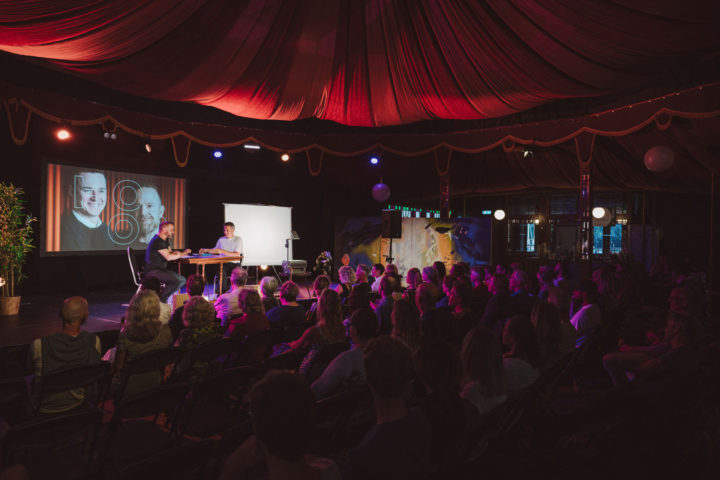
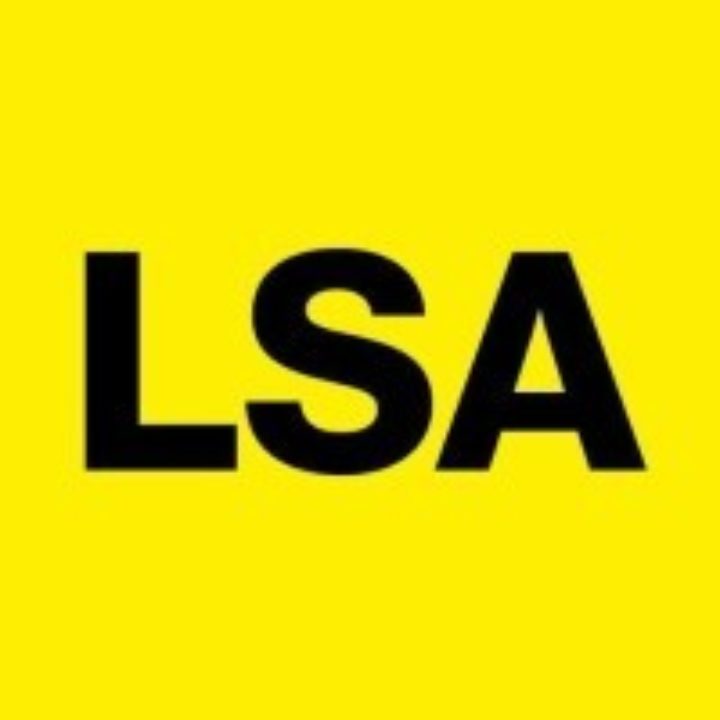
The LSA is delighted to announce that on 12 October, the Thursday Talk will have an international focus. Academic Director, Samantha Hardingham - recognised as the world’s leading expert on the works of Cedric Price - will be joined by Jan Nauta, founder of Rotterdam-based Studio Nauta.
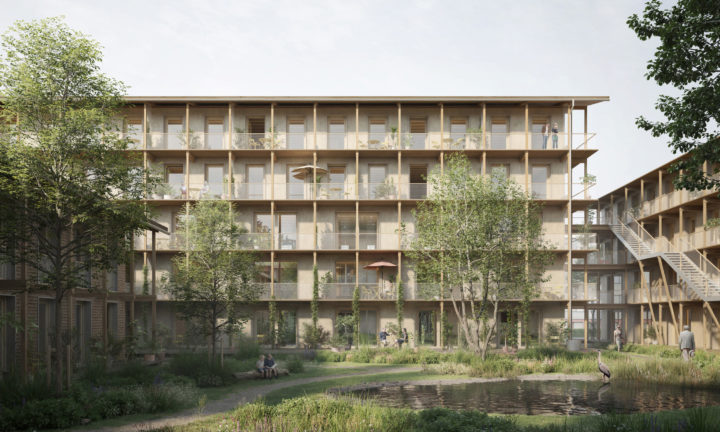
The Dutch Board of Government Advisors and Zwolle city council have selected, from over 50 entrants, ‘De Nieuwe Veenmarkt’ as the winner of the biobased design competition.
The 20’000 m2 plan includes 130 homes (of which 70% are social and affordable), a community centre, an energy production hub, car and bicycle storage; and is organised around a collective garden where people, animals and plants live together.
The jury, chaired by Chief Government Architect Francesco Veenstra, was unanimous in its verdict, praising the "integrated and inclusive aspects of the plan, which demonstrates both idealism and realism.” There was also appreciation for the way the proposal sketched out a vision over the longer term, which they found particularly convincing. The jury underlined their high expectations for the proposal, looking forward to the next steps of the construction process.
With the programme A New Building Culture, the Dutch Board of Government Advisors has challenged clients, designers and professionals in the building industry to show, by using biobased materials, how a new building culture can be established. A building culture that contributes to sustainable, nature-inclusive and high quality living and working environments. Not reasoning from what has to be done, but what can be done, with soil and water systems serving as a foundation for this nature-inclusive biobased form of building. With this competition, the Municipality of Zwolle hopes to act as a catalyst for changes in building culture.
@adviesbureaudwa @bcmaterials_org@andthepeople_org @joost.emmerik@_treetek_ @schipperbosch@studio_nauta @solidtimber
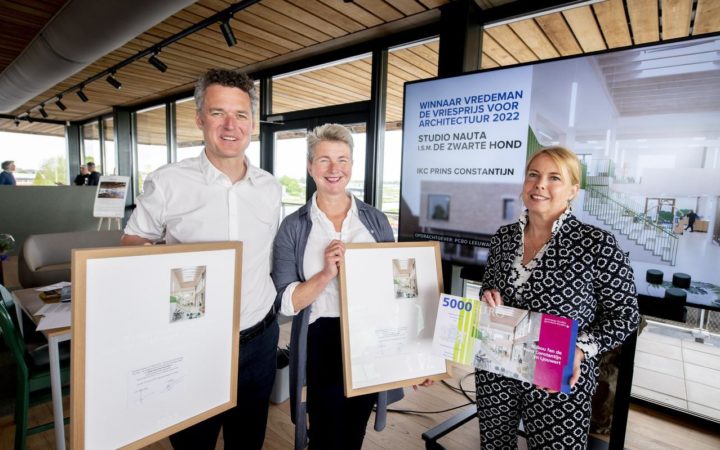
We couldn’t be more excited to share that our School by a School project has won the Vredeman de Vries Prize for Architecture.
The project was conceived in collaboration with our dear friends from De Zwarte Hond.
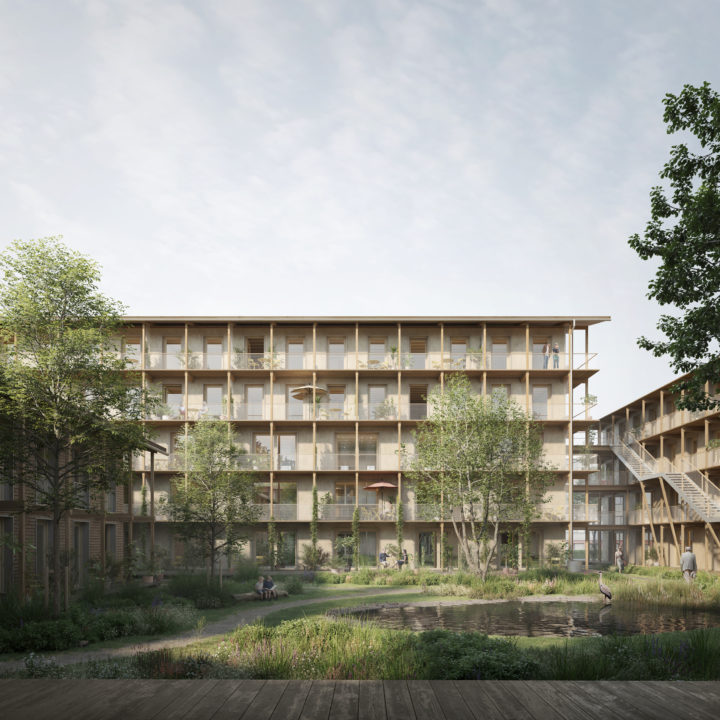
Yesterday, together with Mulder Zonderland, we presented our proposal for the ˋnature-inclusive and bio-basedˋ building competition organised by College van Rijksadviseurs and Gemeente Zwolle. As one of the 3 final competitors, we shared our scheme on sustainable city densification for a formal industrial site close to the city center.
Team: Schipper Bosch , Adviesbureau DWA , AndThePeople , Treetek , Solid Timber Engineering , BC materials , Joost Emmerik
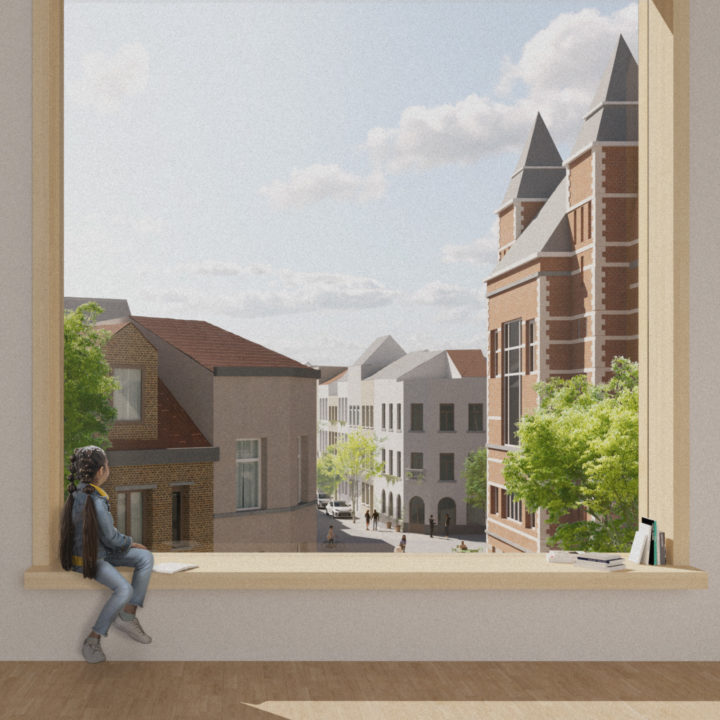
Together with Pieter Bedaux, and in collaboration with landscape architects Wirtz International, we have won the competition for a new library and children's nursery in the Borgerhout district of Antwerp.
The design draws from Antwerp traditions of passages and courtyards, creating a new walled garden for the city and its inhabitants.
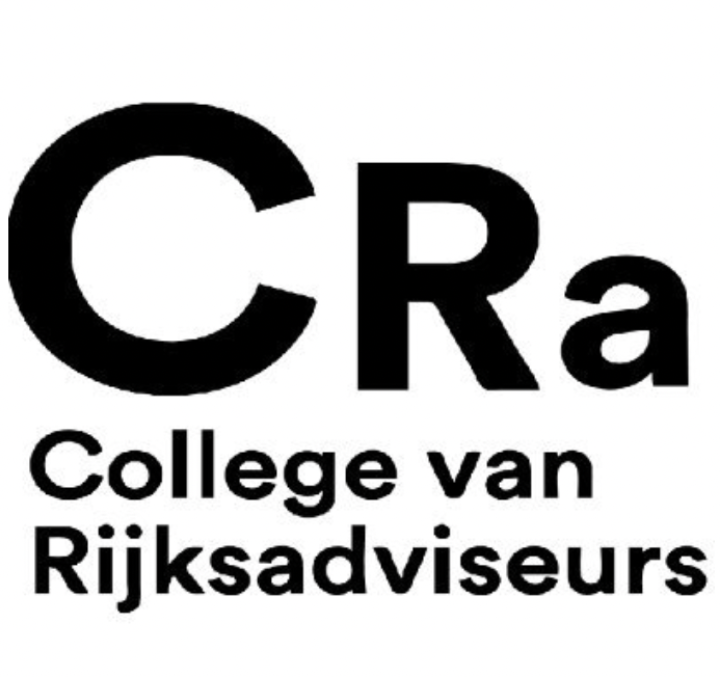
We are happy to have been selected by a jury chaired by state architect Francesco Veenstra. Our team consists of Mulder Zonderland, Schipper Bosch, Solid Timber, Joost Emmerik, And the People, DWA, Treetek and BC Materials

We are very excited to announce that we have been shortlisted for the Architectural Review’s Emerging Practice Award. Along with 15 fantastic colleagues from all over the world we will present our work to a international jury at the World Architecture Forum in Lisbon in December. We’re over the moon!
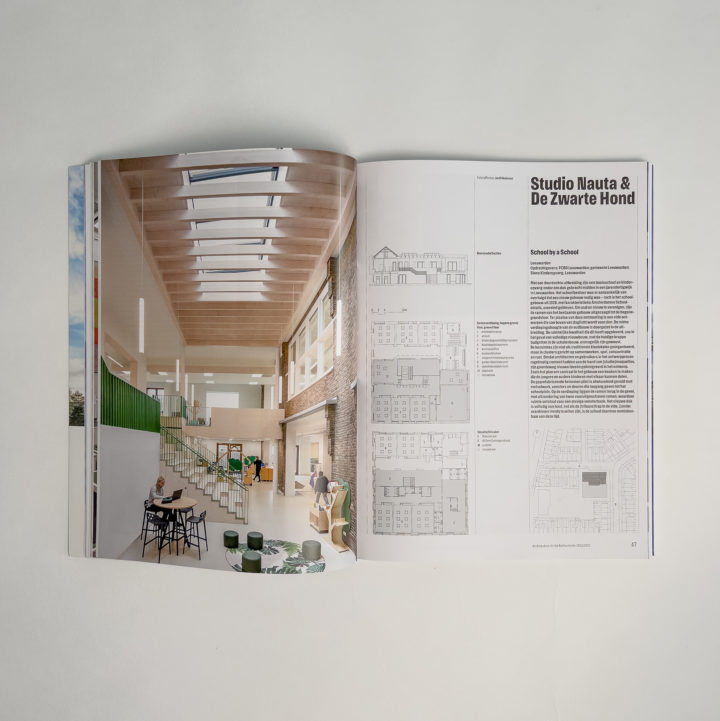
Our School by a School project in Leeuwarden has been published in the Architecture Yearbook of the Netherlands.
Samen met Willemineke Hammer (EGM architecten), interieurarchitect Sheryl Leysner (Sheryl Leysner Interior Architecture), architect Maarten Terberg (EVA Architecten), gebiedsontwikkelaar Martine Vledder (SITE urban development) en architect Vincent Panhuysen (KAAN Architecten) vormt Jan Nauta de jury voor de Architectenweb Awards 2022

Jan Nauta gave a lecture at Architectenweb's Modulair Timber Housing project at Pakhuis De Zwijger in Amsterdam
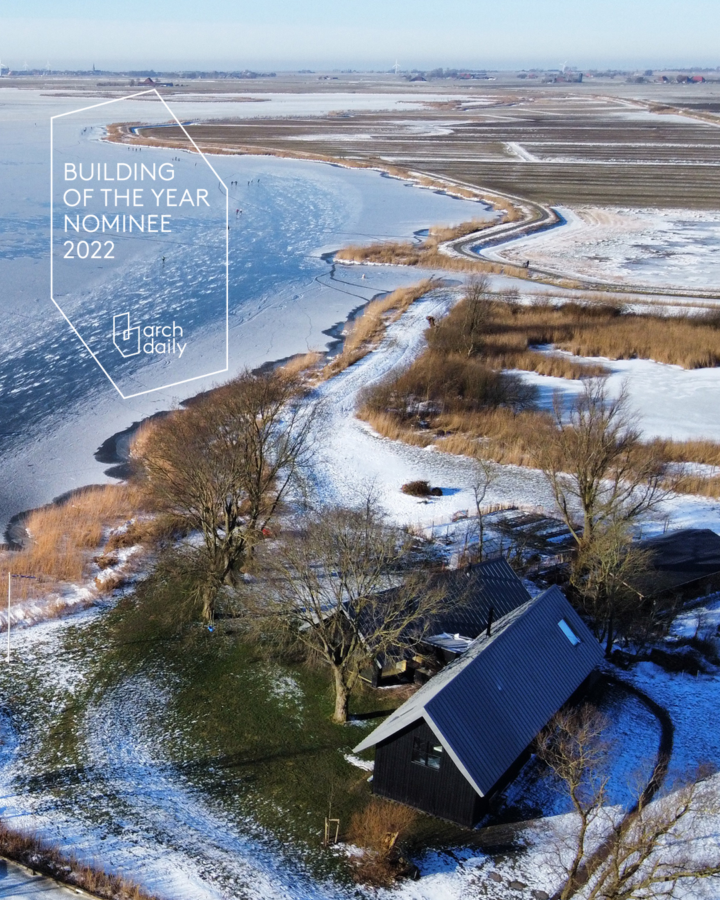
Thank you ArchDaily
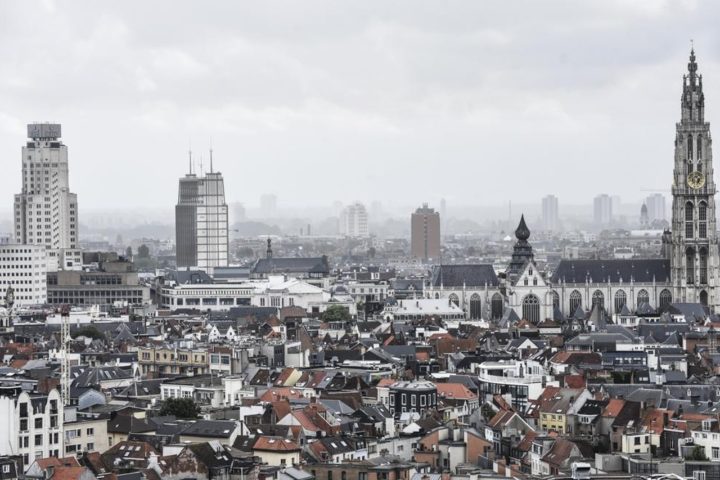
We are delighted to have been selected for the Architects Pool of the City Architect of Antwerp together with Pieter Bedaux.
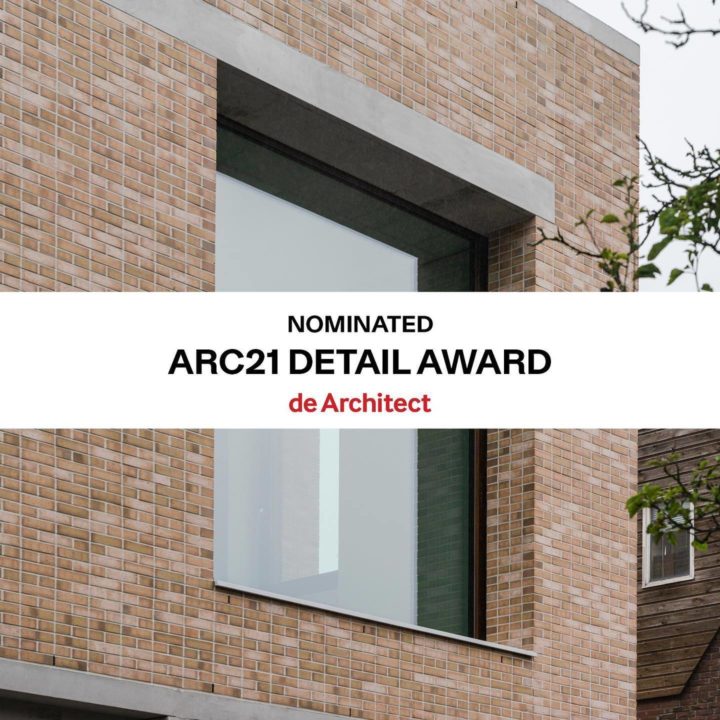
We are delighted to see our School by a School project shortlisted for the ARC21 Architecture and Detail awards.
Project in collaboration with De Zwarte Hond
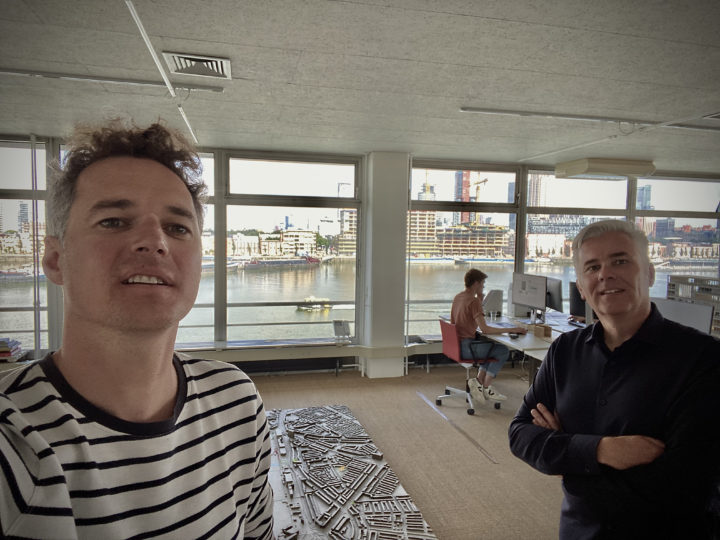
Jan Nauta was interviewed by Joost Ector as part of a series called 'New Faces.'
We are delighted to see our School by a School project long listed for the ARC21 Architecture and Detail awards.
Project in collaboration with De Zwarte Hond
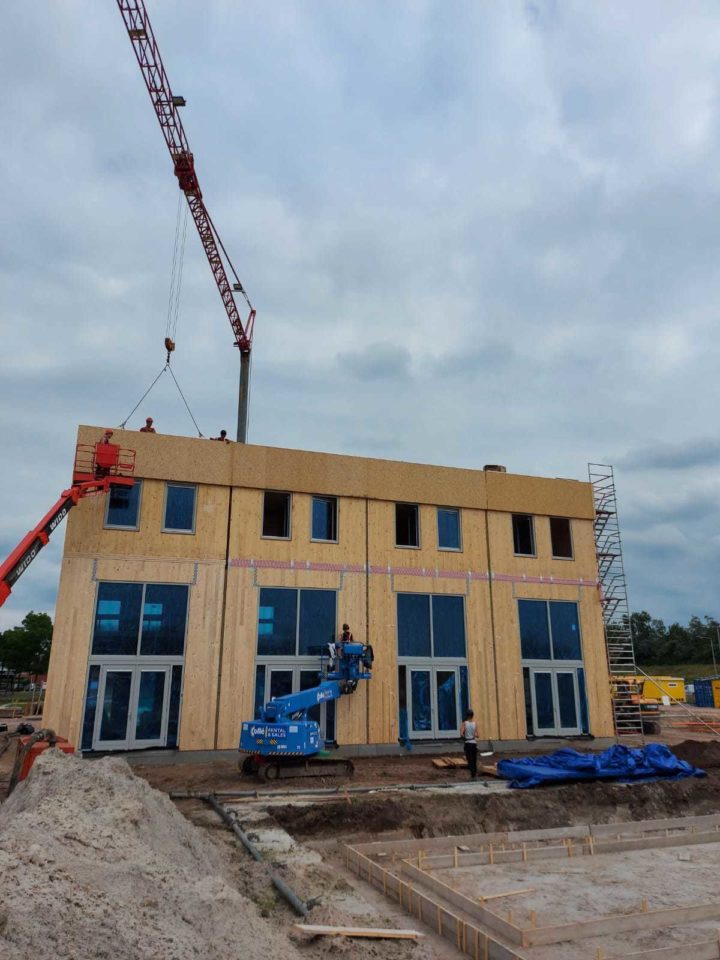
Cross Laminated Timber pilot scheme delivered
The CLT framework for 4 of the row-houses for our Garden with Housing project has been constructed. After the assessment and possible optimisations of the structure we will build the remaining 36 row-houses and the apartment building.

Jan Nauta chairs Platowood Pavilion Competition
Four nominated architects for the Platowood Design Competition presented their designs to the jury. They did this, among other things, on the basis of a mock-up. The judges, chaired by Jan Nauta, examined all the designs and chose the winning design.
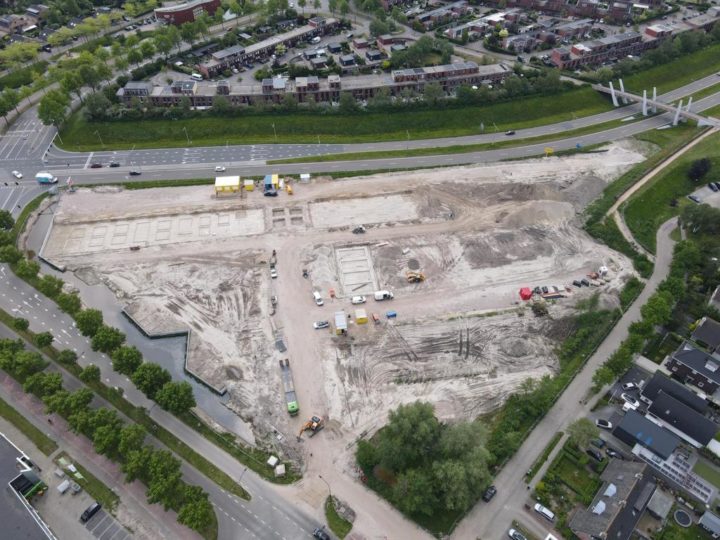
Garden with Housing breaks ground
We are very excited that works on our Garden with Housing project in Amersfoort have finally started. The scheme, one of the largest timber housing projects in the Netherlands, was commissioned by Schipper Bosch and designed in collaboration with Le Far West landscape design.
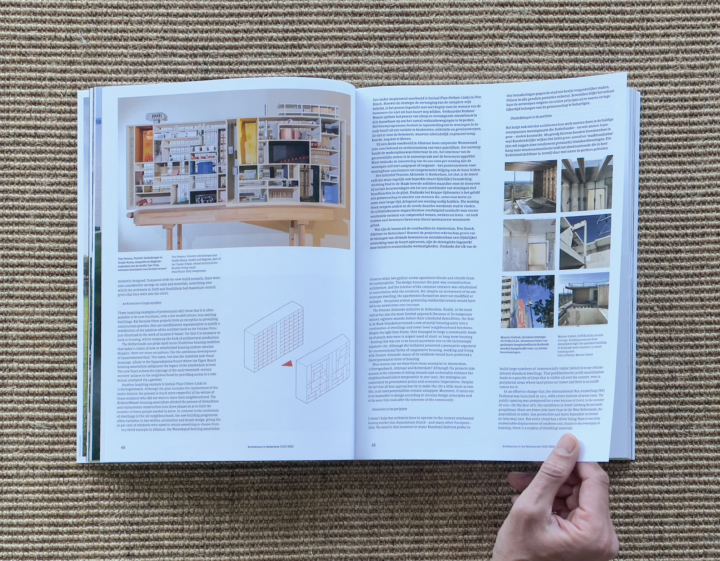
We are happy to see our project park palace published in the Architecture Yearbook as part of Teun van de Ende's great article 'Learning from Lacaton Vassal.'
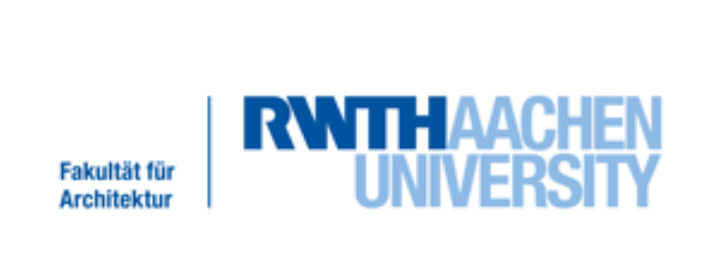
We will give a lecture at the RWTH Aachen on the 31st of May.
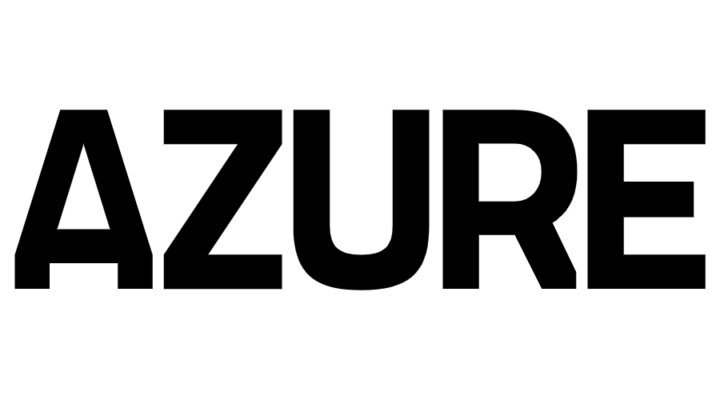
The Canadian Azure Magazine published a great article about our School by a School project in Leeuwarden.
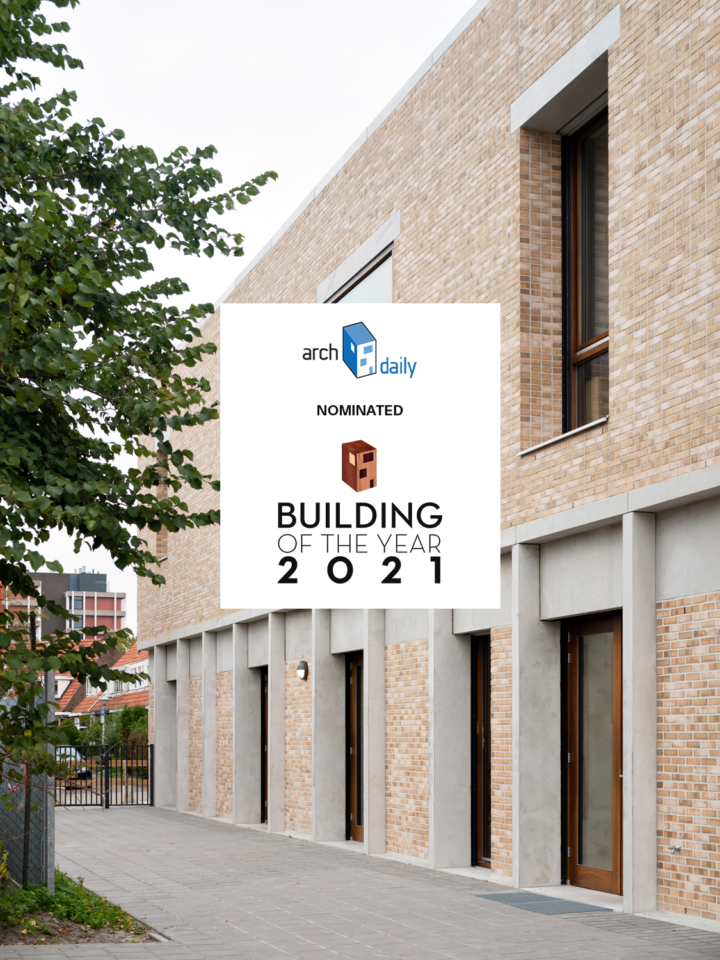
Our School by a School project is nominated for ArchDaily's 'Building of the Year 2021.'
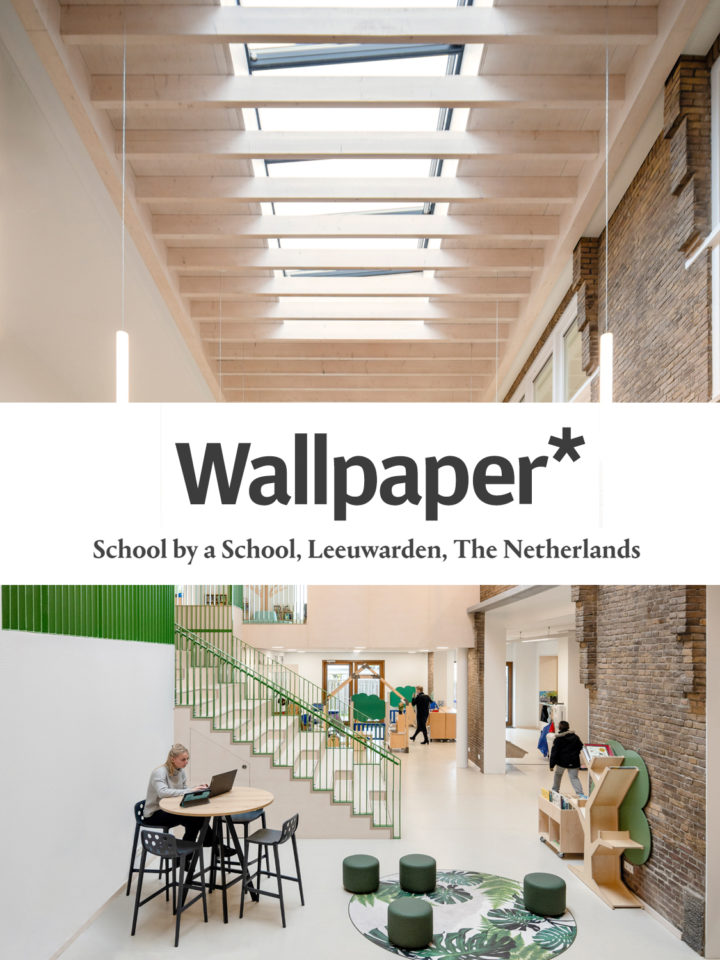
At its best, learning is about the wonder of new and exciting things. It makes sense then, that education buildings should stimulate us – with a pleasant view, good integration with nature and a sense of openness. Have a look at some of the best new examples of learning environments from around the world.
Jan Nauta lectures at Woodbury University Los Angeles
Jan will give a lecture about timber construction and school design on 25 september.
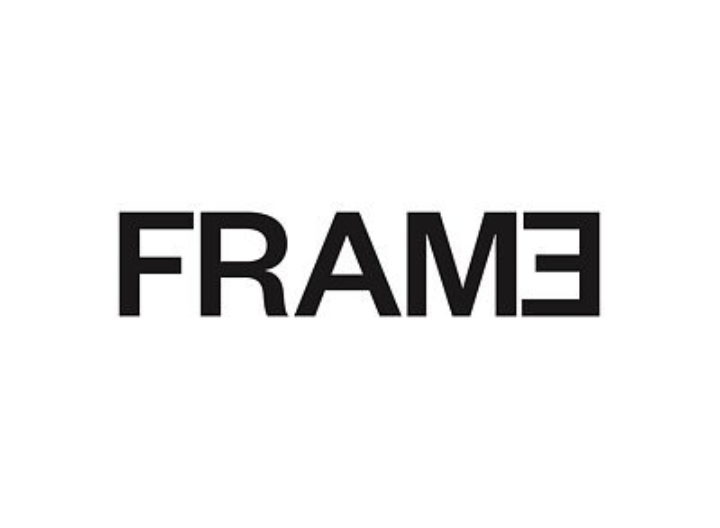
Internships are time-consuming and complicated to administer properly. If they cost practices too much, many may simply not offer them. So how can design firms structure internship programmes that benefit both parties? It’s a question that Rotterdam-based Studio Nauta has been asking itself as part of a broader effort to reduce stress and improve work-life balance. Founder Jan Nauta says the firm has rethought its internships to ensure that, unlike many other examples in the industry, temporary graduate workers are not treated simply as cheap labour. He lists seven ingredients that he believes are key to this, including making sure any programme is tailored to the person involved, exposure to a wide range of work, and constructive two-way communication.
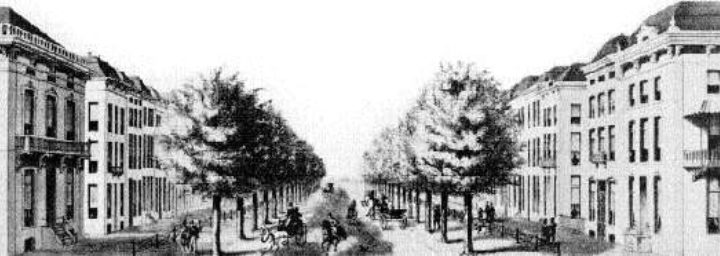
Jan Nauta on Arnhem Architecture Prize jury
Together with Jeroen van Schooten and Philomene van der Vliet Jan Nauta forms the 2020 jury of the Heuvelink Prize for Architecture.
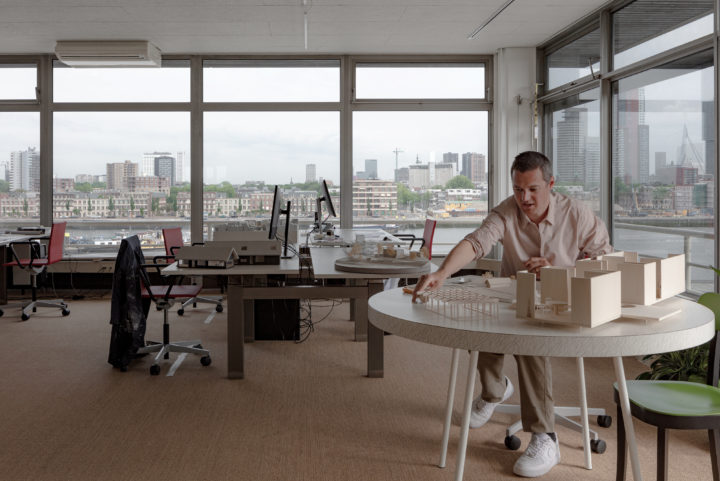
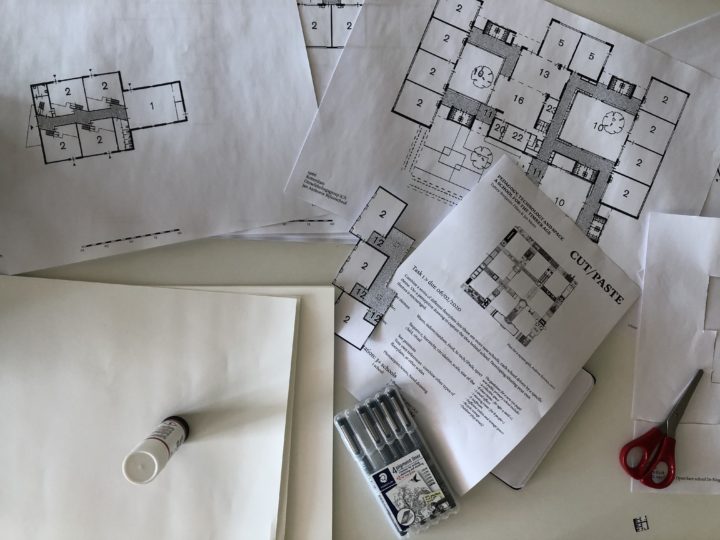
Studio Nauta teaches timber school design at the Academy of Architecture Rotterdam
Recent developments in Dutch school design are showing a shift in spatial and pedagogical focus from the collective to the individual; from a traditional class-based learning environment to an increasingly fragmented condition based on individual learning paths. Digital tools such as iPads facilitate tailor-made curricular that continuously adjust based on the pupils development, with existing spatial configurations falling out of favour due to a lack in variety and flexibility. With this process of dispersal underway in primary education, alternative forms of assembly and their spatial implications within the school require re-examination. We have asked school boards, and ourselves, what kind of collective experiences might replace the traditional classroom?
This studio aims to respond to this question through the design of a primary school fit around a topic that brings children, teachers, and the wider community together. Play, water, music, nature, food or sport are just some of the themes that offer rich and varied moments that bring a school together. Students in the studio will develop their own response, a thread that will run throughout their proposal, informing their design from 1:1 to 1:1000.
We will be designing through making, using wood not only as a building material but also a design tool.. Engineered wood directly addresses building schools that meet the challenges of Rotterdam in 2020. Prefabrication, low emissions, minimising waste, and speedy construction are just some of the properties of contemporary timber construction offer to school building, which we will explore together through designing a primary school in Rotterdam.

Jan will serve in the committee Habitat

While Rotterdam is known for radical architecture and forward-thinking city planning, architects are finding ways to celebrate the city’s history too. Several landmark renovation projects have launched this year, and there’s an ever-growing interest in collective regeneration of city’s 20th century residential fabric led by a new generation of ambitious emerging architects.
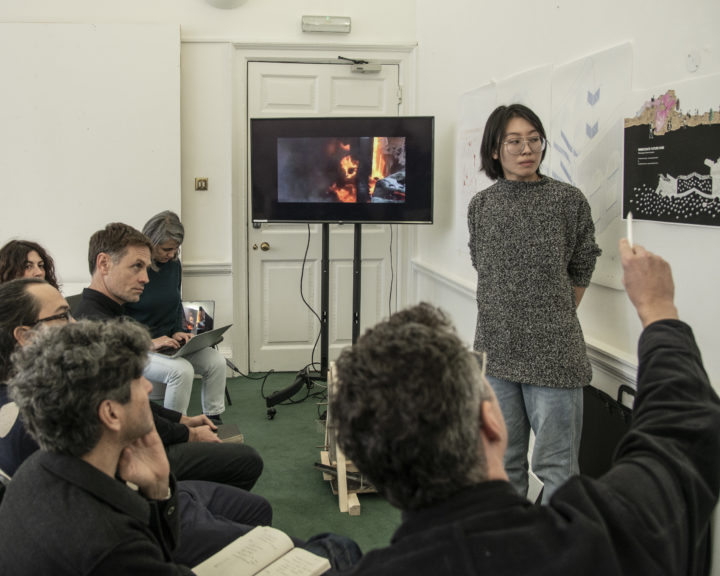
Jan Nauta on the jury of Experimental 11 at the Architectural Association
The relationship between Humankind and Nature is a curious one. In modern rhetoric, the two are often defined as being one and the same; Man is of Nature. And yet, as scientists, activists and politicians increasingly admit the advent of the Anthropocene, one cannot help but wonder whether, in our current era, it might not be more accurate to describe Nature as being of Man. That is to say, in the case of the former, it is nature that created us, whereas in the case of the latter, it is we who create Nature.
If Nature is indeed of Man, it becomes apparent that in designing a city we need to consider the needs of both. Needless to say, this was not how cities were designed in the past and was certainly not how much of London was designed. Bolstered by the Industrial Revolution and the increasing power of the British Empire, the nascent London was established in an entirely different global framework. Ecological and environmental concerns simply did not register as factors in urban development and the Great Acceleration of the post-war years did little to rectify this. As such, the urban growth of London ever since has left the city ill-equipped to cater to the needs of nature.
We will ask students to confront a paradigm shift. When both the City and Nature become the project of Man, our architectural language must evolve to encompass both. If once the role of the architect was to design spaces for human inhabitation, we must now design spaces of natural inhabitation as well. We will study not only the spatial transformations of the existing city, but also the performative ones, introducing the problem of human inhabitation through the design of rituals that can inform new forms of living.
We will take Charles Darwin’s mantra, natura non facit saltum – Nature does nothing in jumps – and propose an alternative as our modus operandi: Homo facit saltum. If nature does not act in leaps, we must. We will be working within the Canada Water Area Action Plan, in an effort to re-imagine how the existing cityscape can be transformed. This means that rather than working with building codes and regulations, we will work instead with the seasons, the passage of time and the possibility of including new urban rituals into the existing urban fabric. The unit will work with collage, urban sampling methods and model making.
Jan Nauta co-authored an article in Trouw about our economy's addiction to build with concrete and its enormous negative environmental impact. The piece pleads for a Wooden Age in which we will replace concrete for wood as our main construction material.
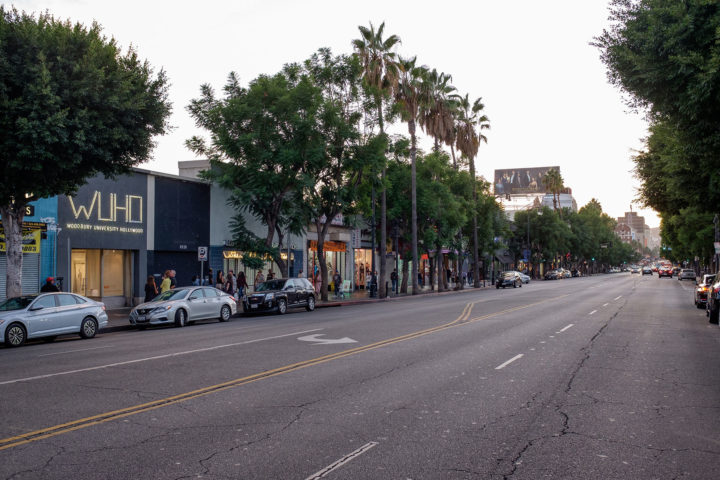
'Cedric Price: Room for Learning?' will open on 19 October at WUHO Gallery in LA
The exhibition is organised and curated by Samantha Hardingham, Scrap Marshall and Studio Nauta.
Groundbreaking ceremony School by a School
Construction work on the Constantijn primary school and nursery in Leeuwarden has started. The building is set for delivery June 2020.
We are incredibly proud to announce that our team has won the ZOHO (Zomerhof Kwartier) tender in central Rotterdam. Our proposal places the adaptive DNA of the area at its heart. We are very much looking forward to the next steps.
The first building of our Dordrecht School transformation project has just been delivered. Works on buildings 2, 3 and 4 will start immediately.
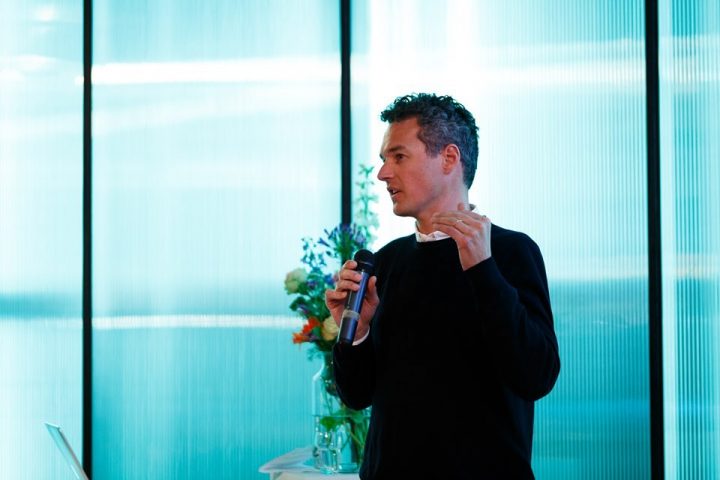
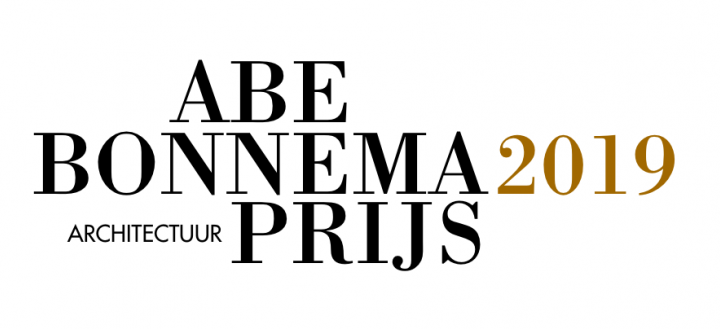

We are thrilled to be included in Wallpaper’s Architects’ Directory 2018. ‘Our selection of next-level architects take centre stage at the OMA designed Lafayette Anticipations in Paris.’
Dutch and Flemish architects discuss the significance of the context for an architectural design and how adapting to and building upon existing conditions can produce new places. With Eagles of Architecture (BE), Christian Kieckens (BE), Korth Tielens architecten (NL), Studio Nauta (NL) and Tom Avermaete (BE).
POA 1-22 is edited by Jan Nauta and Scrap Marshall and published by Bedford Press. The book includes essays by Pier Vittorio Aureli, Shumon Basar, Mark Campbell, Barbara-Ann Campbell-Lange, Henderson Downing, David Greene, Samantha Hardingham, Ingrid Schröder, Nicholas Simcik Arese, Silvana Taher, Tom Vandeputte and Carlos Villanueva Brandt
